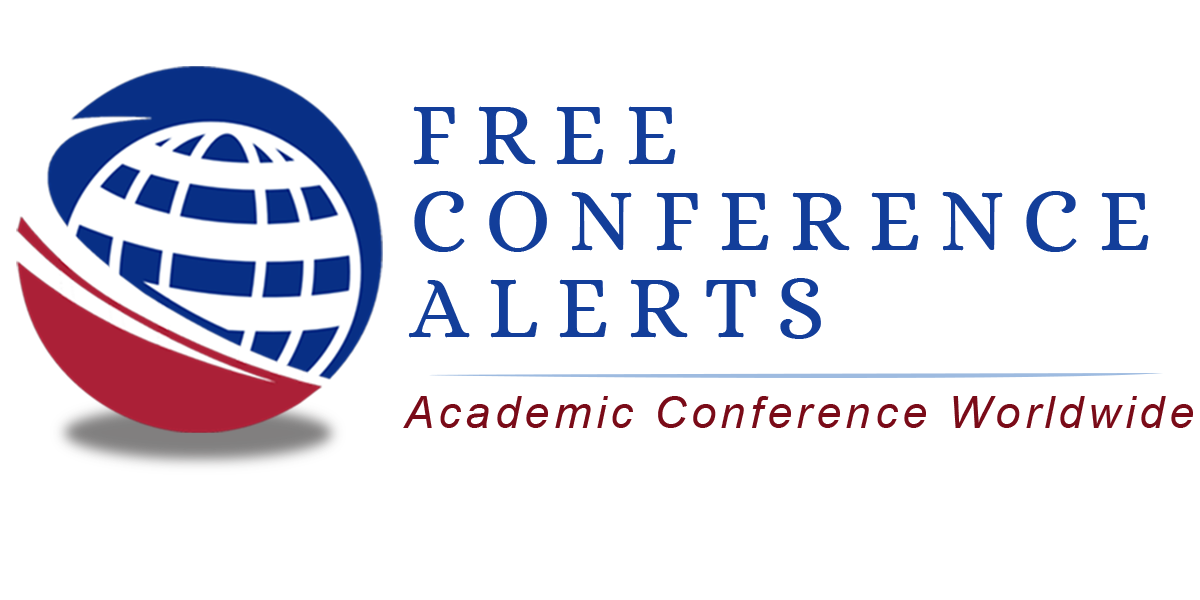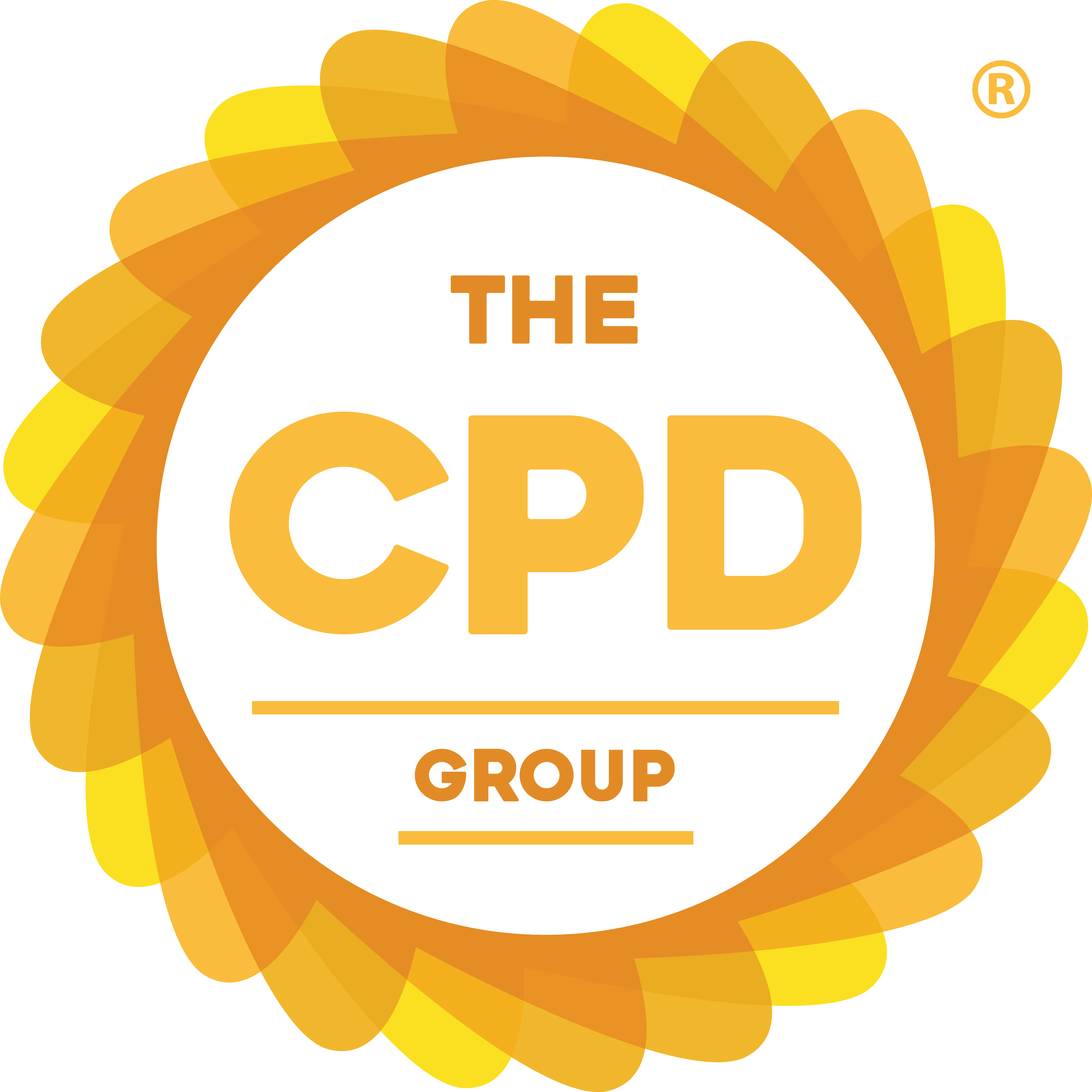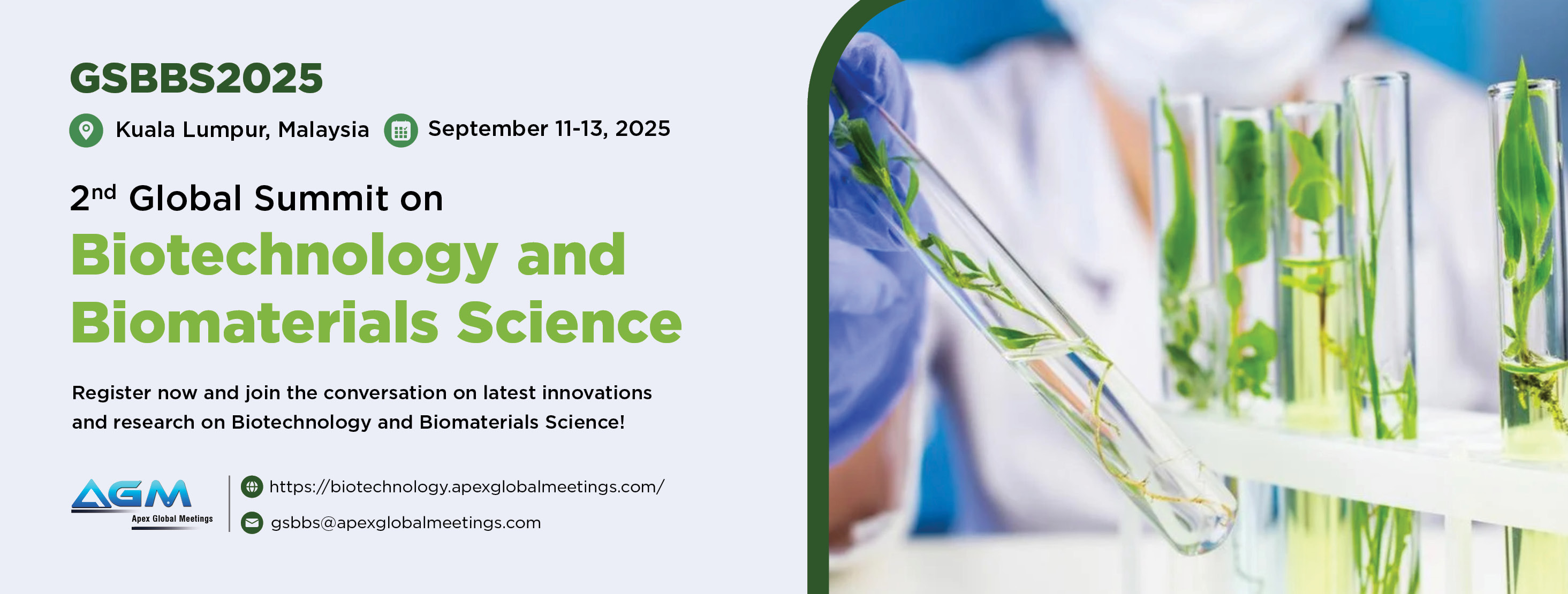

About Conference
Without a doubt, recent advances in biotechnology
and biomaterials have revolutionized medicine over the past half of century,
including my area of research which includes our ability to prevent, diagnose,
and treat diseases. But, how did this occur? Was your research part of
these advancements? Have we innovated and commercialized enough? While
some of these wonderful research advances have made it to the market helping
real people, many have not. Are we doing enough to translate biotechnology
research into real products? Are companies not paying attention to this
wonderful research? Are Universities not doing enough to help you? Is your
research being licensed to larger companies to make products that help society?
Are you starting new companies? What about federal funding agencies? Are they
supporting your commercialization efforts? And, most importantly, are you in
the right environment to innovate and commercialize your research? Especially
in these turbulent times in academic research in the US, it is time to take
control of your destiny.
In my own experience, above all else, it takes a supportive environment.
We all have great ideas. But, it takes more than that. It takes a supportive
community to translate lab research into commercial products. It takes
determination and fortitude to see it through. You need to surround yourself
with the right people – and if you are currently not around a supportive
optimistic environment, leave ! Leave that negative, ultra-competitive
University you are at - I did! Start your own company! I did! Attend the right
conferences, not those super competitive conferences where the same old people
give the same old talks, and criticize your work simply to support their own! I
did!
Most importantly, find the right community. I left a very negative,
ultra-competitive Northeastern University in Boston (I have never seen such
negative people in my 25 year career) over 4 years ago and I have never looked
back. I found a truly supportive environment by forming my own companies and
yes, finding supportive Universities who value me and my contributions.
Only after leaving such negativity, did I succeed. Only then was I
able to start numerous companies and commercialize my research into medical
devices now in over 30,000 patients with no failures, only success! No infection!
No chronic inflammation! No implant loosening! No failures! Period!
Once I found the right environment outside of Northeastern University,
everything else moved very quickly – including FDA approval and my research
advances in over 30,000 patients in just 4 years! So, I encourage everyone to
find that right environment. Make that move. Find that place where YOU are
supported. Life is too short and patient lives need to be saved now! And attend
the right conferences: the Biotech Congress 2025 is at the heart of innovation
and commercialization! Meet the right people! Be energized by optimistic
people! It will change your life once you make the commitment to surround
yourself with positive people. I know, because I lived it.
I look forward to seeing everyone and sharing my story!
Sincerely,
Thomas J. Webster, Ph.D.
H-index: 130
Fellow, AANM, AIMBE, BMES, FSBE, IIAM, IJN, NAI, and RSM
Past-President, US Society for Biomaterials
Nominated for the Nobel Prize in Chemistry (2025)
Biotechnology: The use of living organisms or their systems to develop or make useful products.
Biochemistry: -The branch of science that explores the chemical processes within and related to living organisms.
Bioethics: Ethical considerations related to biotechnology and its applications.
Bioinformatics: The use of computer science and mathematics to analyze biological data.
Biological Diversity: The variety of life forms on Earth, including biodiversity conservation.
Biology:- The science of life and living organisms.
Biomedical Research: Research focused on understanding health and disease.
Biopharmaceuticals: Medicines produced using biotechnology, including vaccines and gene therapies.
Biophysics: Applying physics principles to understand biological processes.
Bioprocessing: Techniques for large-scale production of biological products, such as fermentation.
Bioremediation: Using living organisms to clean up environmental pollutants.
Cell Biology: The study of cells, the basic structural and functional units of life.
Cloning: Creating genetically identical copies of an organism or gene.
CRISPR-Cas9: A revolutionary gene-editing tool in biotechnology.
Ecology: The study of the relationships between organisms and their environments.
Epidemiology: The study of the distribution and causes of diseases in populations.
Evolution: The process by which species change over time.
Fermentation: A process used to produce biofuels, enzymes, and other bioproducts.
Gene Editing: Precise modification of an organism
Genetic Engineering: The manipulation of an organism
Tissue Engineering
Nanobiomaterials
Biomimetic and Bioinspired Materials
Orthopedic Biomaterials
Biomaterial Microenvironment
Immunomodulatory Biomaterials
Osteoarticular Tissue Engineering
Disruptive concepts in Biomaterials
Incompatibility of Biomaterials
Biomolecular Imaging
Cell and Tissue Material Interfaces
Supramolecular Biomaterials
3D Bioinks and Matrices
Growth Factors
The
global biotechnology market was valued at USD 1.55 trillion and is projected to
grow at a compound annual growth rate (CAGR) of 13.96% from 2024 to 2030. The
market is driven by strong government support through initiatives aimed at the
modernization of regulatory framework, improvements in approval processes &
reimbursement policies, as well as standardization of clinical studies. The
growing foothold of personalized medicine and an increasing number of orphan
drug formulations are opening new avenues for biotechnology applications and
are driving the influx of emerging and innovative biotechnology companies,
further boosting the market revenue.
Expanding
demand for biotechnology tools for agricultural applications including
micro-propagation, molecular breeding, tissue culturing, conventional plant
breeding & development of genetically modified crops, among others, have
boosted the market growth. Moreover, genetically modified crops and
herbicide-tolerant & insect resistant seeds are witnessing an increasing
popularity and are contributing to the market growth. Rise in adoption of
tissue culture technology for production of novel rice variants and disease-
& pest-free banana varieties in regions of South Asia and Africa, and use
of the technology for cloning of disease-free and nutritious plant varieties
have propelled the agricultural applications for biotechnology.
The
market is also driven by the presence of strong clinical trial pipeline and
funding opportunities available in tissue engineering and regeneration
technologies. As per the Alliance for Regenerative Medicine, companies
developing cell and gene therapies raised over USD 23.1 billion investments
globally in 2021, an increase of about 16% over 2020’s total of USD 19.9
billion. Clinical success of leading gene therapy players in 2021, such as
promising results from an in vivo CRISPR treatment for transthyretin
amyloidosis, developed by Intellia Therapeutics and Regeneron, are
significantly affecting the market growth.
Important Dates
Abstract Submission Deadline
September 5, 2025Earlybird Registration Deadline
April 30, 2025Standard Registration Deadline
May 24, 2025Onspot Registration
September 11, 2025Plenary Speakers

Thomas J Webster
H Index-130
China

Vladimir G. Chigrinov
H Index-61
China

Delia Teresa Sponza
H Idex-43
Turkey

Paulo Cesar De Morais
H Index-59
Brazil

Osman Adiguzel
Turkey

Ramesh C Gupta
India
Invited Speakers

Yacob Mathai
India
Media Partners
Registration
Registration Includes
- Access to all conference sessions, poster and exhibition area
- Conference kit including name tag, program booklet and Abstracts book
- 2 Coffee breaks and lunch for all the event days of the conference
- Certificate of participation from Conference chair/ Session chair
- Access to the all scientific sessions
- Access to Business Development Sessions and Global Networking Session
Benefits of Joining Conference
- Encouraged to publish full length articles in Supporting Journals with discounted APC charges
- Best Oral, Poster and Young Research Forum (YRF) presentation awards
- Get Opportunity to Collaborate with future Apex Global Meetings
- Avail Group Booking Discounts
- All the articles presented in this conference will be considered for publications as per their quality in SCI / SCIE / SCOPUS / Peer Reviewed journals of Springer and / or other publishers
Group Booking Discounts
Groups of three or more will receive a Special discount by using the group code. If you have any queries, please contact us at or call
gsbbs@apexglobalmeetings.com












